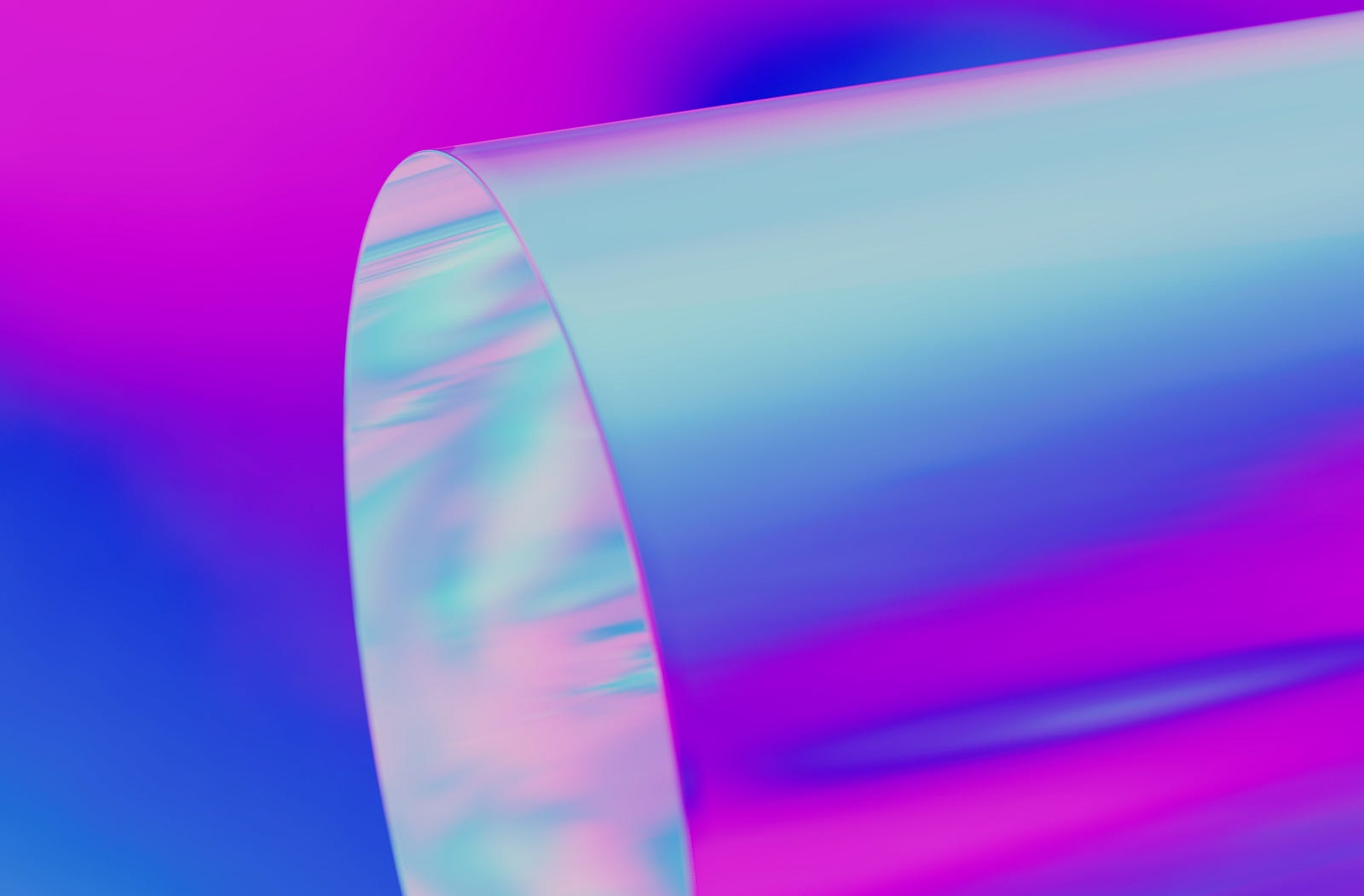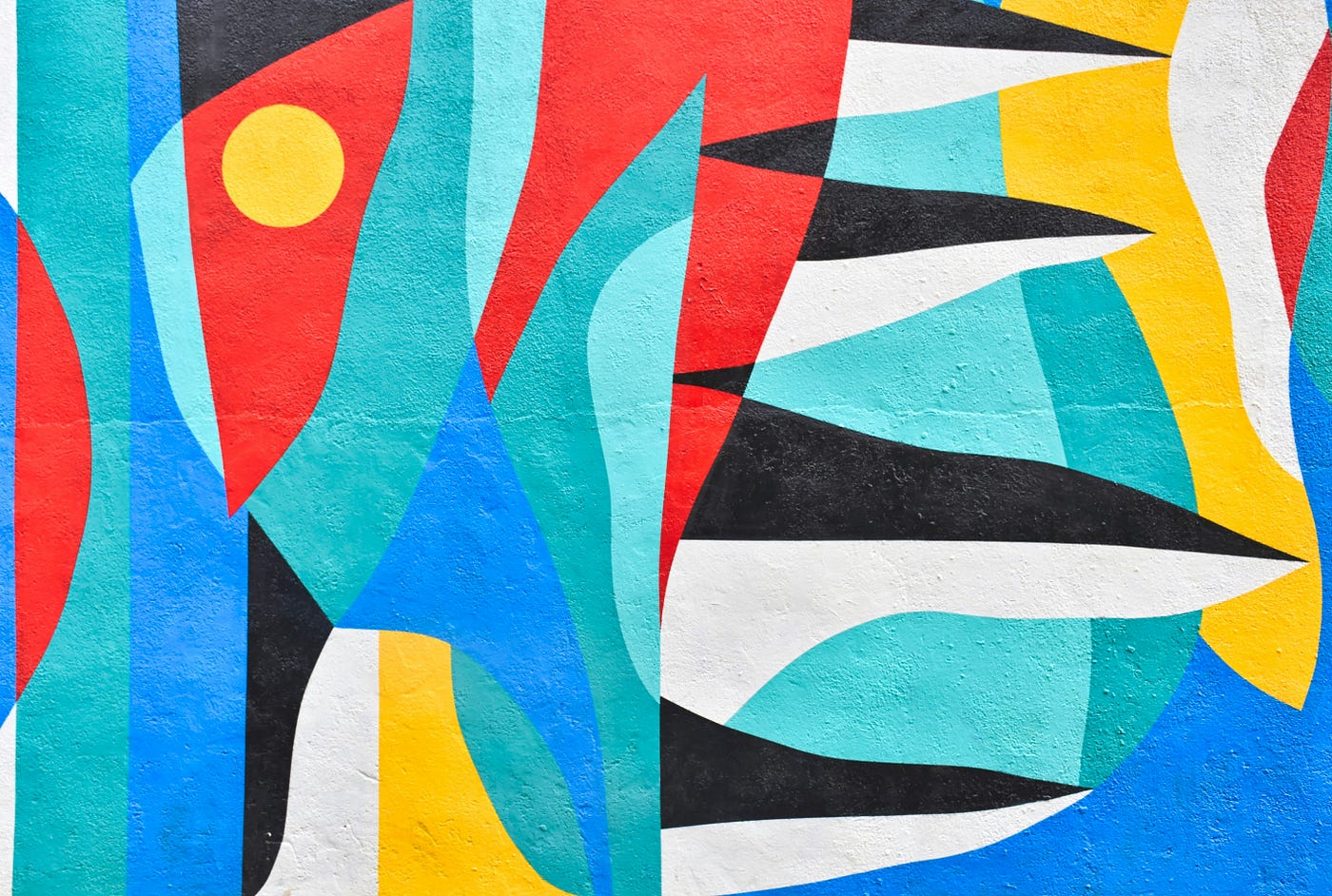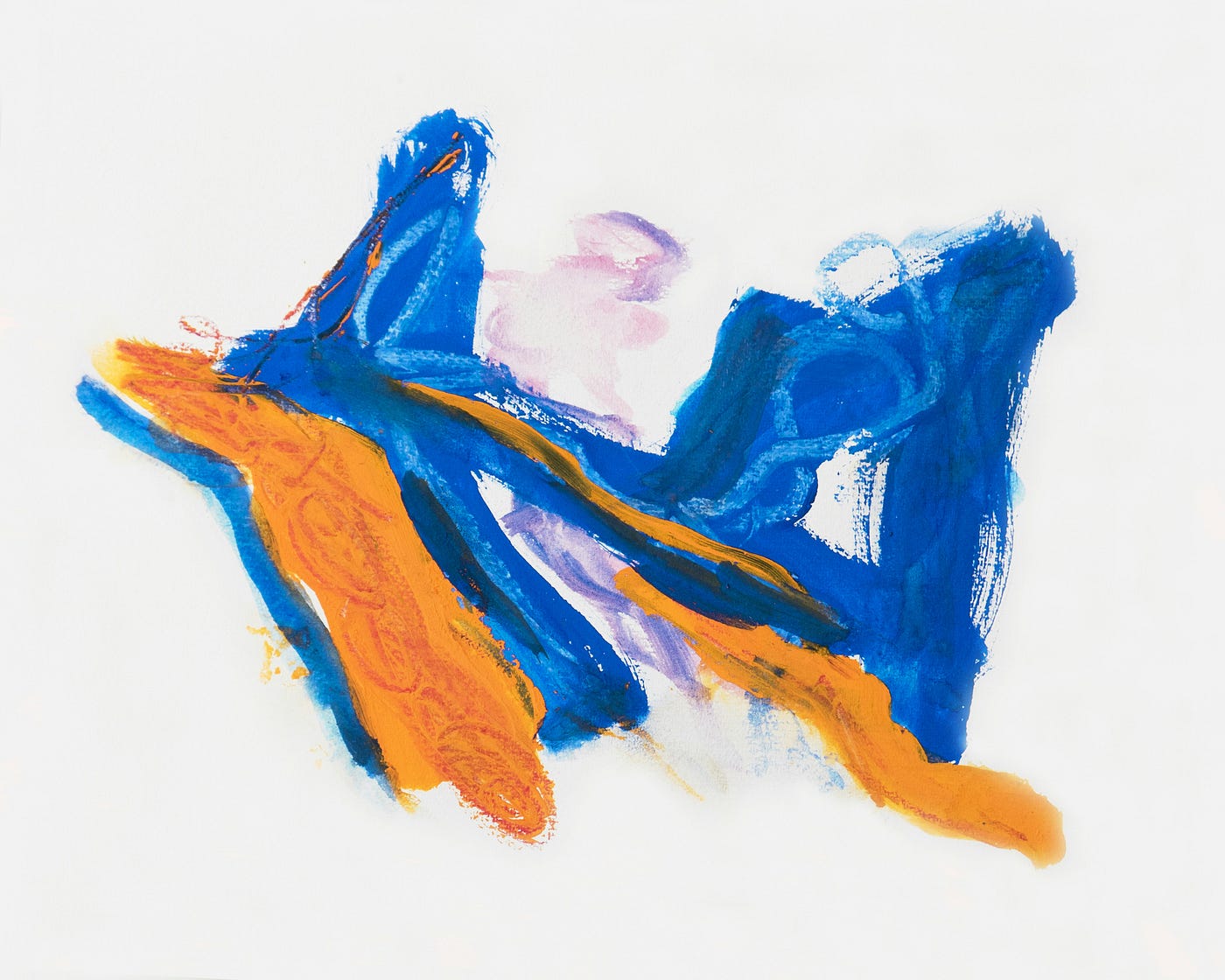Adobe’s Generative Fill may create artist copyright backlash

Initially launched on the Photoshop (Beta) app, Adobe Firefly is set to debut on the public Photoshop app in the latter half of 2023. While currently unavailable for commercial use, the tool supports English-only text prompts, promising a more inclusive experience in future iterations.
Firefly is Adobe’s text-to-image model which has gained significant traction among users, resulting in the creation of approximately 200 million AI-generated images since its launch in March this year. Due to its widespread user base, Adobe will introduce Firefly’s features to its 12,000 enterprise customers.
Firefly’s training data comprises over 100 million images, including Adobe’s stock, licensed, and public domain images. The company has a huge catalog of high-quality stock images sourced from contributors, who typically receive 33% of royalties when their images are sold or utilized. Adobe Stock has recently incorporated a new category of assets — AI-generated images submitted by contributors. These images are only accepted if contributors have the necessary rights to use them.
However, concerns have been raised by multiple Adobe Stock creators regarding the use of AI-generated images to train Firefly. Creators have expressed their inability to opt out of having their work used for training purposes. Adobe’s licensing agreement state that their images may be used for AI training but the company has promised contributors that they will be compensated in the future when Firefly emerges from its beta phase, although the specifics of the compensation remain undisclosed.
Creators seeking to use generative AI tools, like text-to-image models, have become increasingly cautious due to copyright issues concerning the content used for training. To address this, Adobe aims to offer a guarantee of legal safety and protection. Adobe has also implemented measures to block certain copyrighted, violent, and sexual keywords in text prompts. The company’s terms of use strictly prohibit the generation of abusive, illegal, or confidential content.
Adobe recently unveiled its new Generative Fill tool which is powered by Firefly technology. Marketed as “the world’s first co-pilot in creative and design workflows,” the AI tool expands Photoshop’s features, including neural filters, selection tools, and Content-Aware Fill. Photoshop users will be able to use text prompts similar to Dall-E and Midjourney to add, expand, or remove unwanted elements from images.
While Adobe has been incorporating AI into its tools for over a decade, the inclusion of Firefly in Photoshop expands the capabilities of the software. It will facilitate the creation of images and templates from scratch, enabling faster photo edits. Users can generate objects within their images, create new backgrounds, extend images, and remove unwanted elements using a simple selection and text prompt.
However, this raises questions regarding the copyright of the newly expanded photo. Does the copyright protection of the original image extend to the new photo created using Generative Fill? In other words, if someone uses Generative Fill on one of your photos to create a larger picture, can they claim it as new art?
Thomas Maddrey, Chief Legal Officer and Head of National Content and Education First at the American Society of Media Photographers (ASMP), acknowledges the copyright issues associated with this type of work. He emphasizes concerns regarding the ownership and copyright protections of images used to train AI models and whether the output produced by Generative Fill can be considered a new work under existing copyright law when combined with an existing photograph.
ASMP’s position is that a photographer would have legal grounds to pursue someone using their work without permission to create new work with AI. However, the defense of fair use could be raised, which introduces issues recently highlighted in the Warhol v. Goldsmith case. The outcome of the Warhol v. Goldsmith case suggests that expanding an image using AI might not qualify as fair use. Whether this conclusion definitively applies to this specific type of generative AI remains uncertain until a case is taken to court. While photographers likely have the ability to protect their copyrighted photos from this type of use, there is still an element of uncertainty.
The US Copyright Office declined to comment on specific AI technologies but refers to its policy statement on copyright registration for works involving AI-generated content. Under current guidelines, the portions of an image created with generative AI must be disclosed during the copyright registration process.
What is certain is that rules about generative ai art will be updated and changed as and when new copyright issues are raised. This is an ongoing debate or fight between artists and some of the biggest tech corporations on the planet.
Ginger Liu is the founder of Ginger Media & Entertainment, a Ph.D. Researcher in artificial intelligence and visual arts media, and an author, journalist, artist, and filmmaker. Listen to the Podcast.








